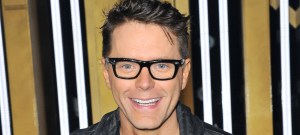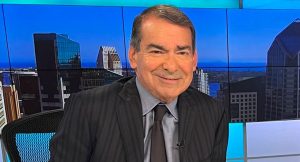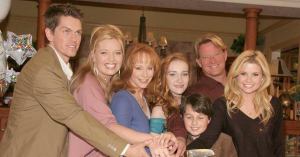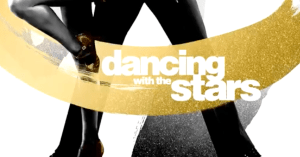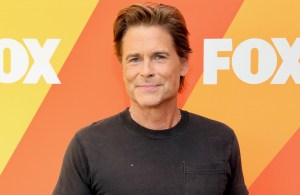After nearly four decades of bringing Springfield’s most colorful characters to life, Hank Azaria is confronting an unsettling possibility: artificial intelligence might soon be able to replicate the voices he’s spent a lifetime perfecting. In a poignant New York Times op-ed, the actor behind beloved characters like Moe Szyslak, Chief Wiggum, and Comic Book Guy expresses deep concern about AI’s potential to mimic his extensive portfolio of more than 100 distinct voices from The Simpsons.
“I imagine that soon enough, artificial intelligence will be able to recreate the sounds of the more than 100 voices I created for characters on ‘The Simpsons’ over almost four decades,” Azaria writes. “It makes me sad to think about it. Not to mention, it seems just plain wrong to steal my likeness or sound — or anyone else’s.”
Videos by PopCulture.com
The veteran voice actor, who has been with the show since its 1989 debut, emphasizes that authentic voice acting involves far more than mere sound reproduction. He explains how physical performance plays a crucial role in creating believable characters, describing how voice actors often employ their entire bodies during recording sessions.
“When I first watched Dan Castellaneta, who plays Homer, and Harry Shearer, who plays Mr. Burns and many other characters, doing vocal recordings, I was almost embarrassed by how silly they looked,” Azaria recalls. “They were jumping around and giving a full performance to no one — just a microphone.”
This concern about AI’s advancement comes as The Simpsons enters its 36th season, with no end in sight for television’s longest-running animated series. Azaria points to his character Moe as an example of the vast data AI could potentially draw from, noting, “He’s appeared in just about every episode of ‘The Simpsons.’ He’s been terrified, in love, hit in the head and, most often, in a state of bitter hatred. I’ve laughed as Moe in dozens of ways by now. I’ve probably sighed as Moe 100 times.”
The actor acknowledges that while AI might eventually master the technical aspects of voice replication, it may struggle to capture the human elements that make performances memorable. “I’d like to think that no matter how much an AI version of Moe or Snake or Chief Wiggum will sound like my voice, something will still be missing — the humanness,” he argues. “There’s so much of who I am that goes into creating a voice. How can the computer conjure all that?”
As Hollywood grapples with AI’s increasing capabilities, Azaria’s concerns reflect broader industry anxieties about artificial intelligence replacing human creativity. While he remains hopeful that audiences will notice the difference between AI-generated and human performances, he acknowledges the uncertainty of the technology’s rapid advancement. “What will the lack of humanness sound like? How big will the difference be?” he ponders. “I honestly don’t know, but I think it will be enough, at least in the near term, that we’ll notice something is off.”
These concerns aren’t unique to animation. The global dubbing industry is already witnessing similar challenges, with recent controversies surrounding attempts to use AI-generated voices for film dubbing in Europe. For Azaria and his fellow voice actors, the hope remains that their craft will be valued for the indispensable human element of improvisation, physical commitment, and emotional depth above technological alternatives.


